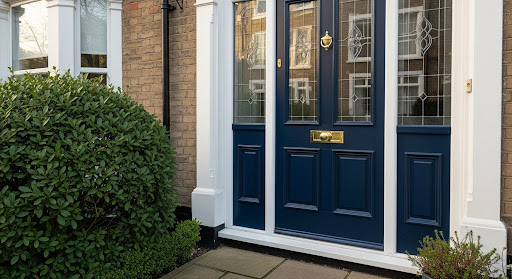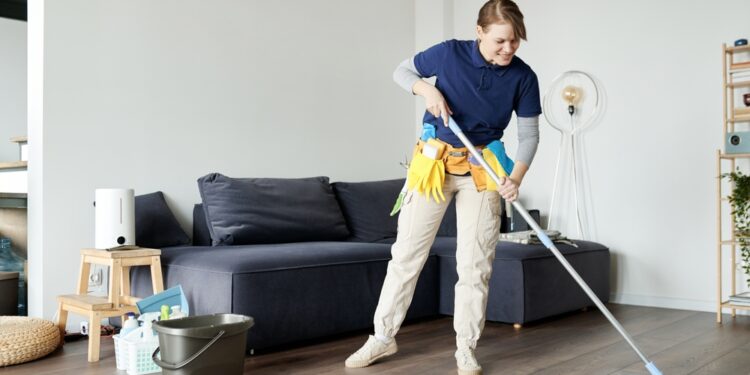Selecting a door design feels overwhelming with endless options vying for attention. This choice extends far beyond aesthetics, it influences functionality, security, and your home’s entire atmosphere. A door is the first thing you touch when coming home and the final barrier securing your space at night. Rather than getting lost in catalogs, a methodical approach focusing on your home’s architecture, your lifestyle needs, and practical considerations will guide you to the ideal choice. Let’s navigate the decision-making process together.
Defining the Door’s Core Purpose
Begin by asking one fundamental question: What is this door’s primary job? An entrance facing the street must provide security, weather resistance, and curb appeal. An interior model might prioritize sound control or space-saving operation. For areas wanting visual connection and light sharing, consider the benefits of glazed doors with transparent or frosted panels. Understanding the functional demands of the location narrows your options immediately, separating entries that merely look good from those that truly perform as required.
Harmonizing With Your Home’s Architecture
A door should feel intrinsically connected to your house, not merely attached to it. Its design must converse with your home’s architectural language. A sleek, minimalist door with aluminum framing complements a modern build. A traditional Craftsman bungalow calls for something with more substance, perhaps a model featuring distinctive panels and sturdy hardware. Examine your façade’s materials, roofline, and window styles. Your choice should enhance these existing elements, not compete with them or appear as an awkward afterthought.
Material Considerations for Daily Life
Durability and maintenance are practical realities that must inform your decision. Each material tells a different story. Solid wood offers classic beauty but requires commitment to periodic refinishing. Steel provides superior strength and security with minimal upkeep. Fiberglass composites expertly mimic wood grain while resisting dents and weather-induced warping. Be honest about the amount of care you’re willing to provide; a beautiful door that deteriorates from neglect is a poor investment.
The Spatial Impact of Operation
Never underestimate how a door moves through space. A standard swing door needs a clear arc that can dictate furniture placement and traffic flow. In tight areas like laundry rooms or pantries, this can be incredibly inefficient. Sliding or pocket doors glide parallel to the wall, reclaiming every inch of floor space. For wide openings, bifold or French styles create an expansive, open feel. Consider the footprint of the door in motion, its operation should make your life easier, not create daily obstacles.
Balancing Privacy and Natural Light
Some rooms demand a careful equilibrium between seclusion and illumination. A home office needs acoustic privacy but might benefit from borrowed light. A bathroom requires visual blockage without becoming a dark cave. Transom windows above a door or integrated sidelights can channel sunshine into interior halls. Frosted, textured, or reeded glass provides soft diffusion for privacy while still granting a luminous quality. This balance is crucial for creating comfortable, inviting rooms.
The Final Word on Hardware and Finish
Hardware is the jewelry that completes the outfit. The finish on handles, hinges, and locks can either unify your home’s aesthetic or clash with it. Matte black offers a contemporary edge, while polished brass lends a more traditional air. Beyond looks, feel the lever in your hand; its operation should feel smooth and substantial. This is not the place to compromise quality; robust, reliable hardware ensures security and provides daily tactile satisfaction for years to come.
Choosing a door design is a thoughtful process of elimination. By systematically evaluating purpose, architecture, material, operation, and light, the right option comes into clear focus. It’s a decision that blends art with engineering, beauty with practicality. The perfect door won’t just guard your home; it will enhance it, offering a silent, stylish welcome every time you return.












